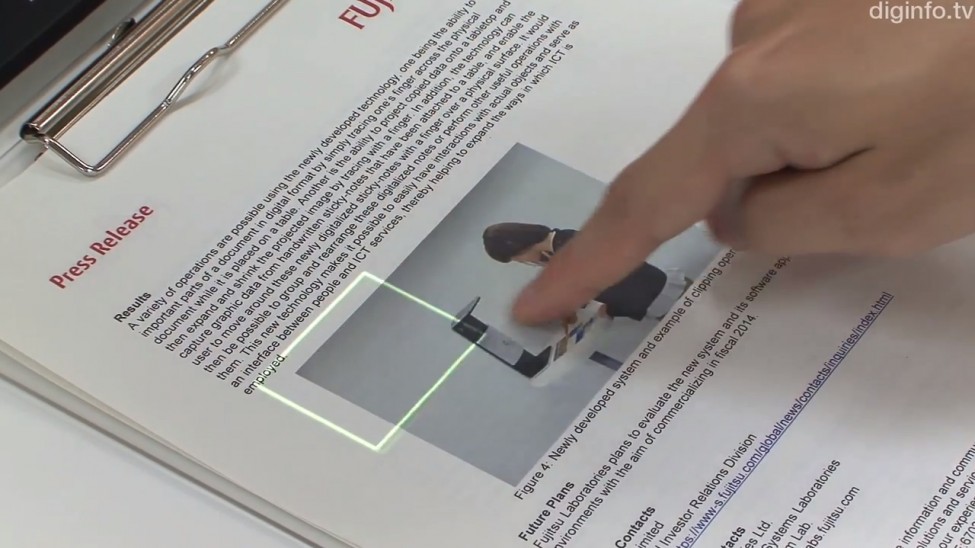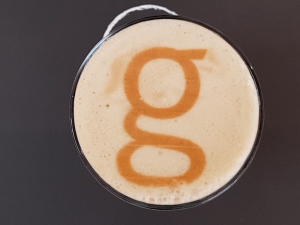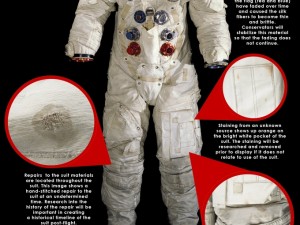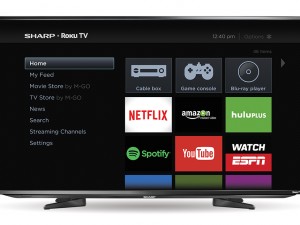Transform boring, poorly stapled business plans, press releases, marketing materials and other old fashioned paper artifacts to life using Fujitsu Laboratories’ touchscreen interface that can animate and bring a whole new dimension to real world objects.

Combining technologies, like gesture control and image processing technology, this ingenious device is a harmonious compromise between purists who chime “long live paperback” and the Kindle mafia who declares time and time again, “Print is dead.” The interface essentially manipulates paper and other objects simply and intuitively by using your index finger, like you would on a smartphone.
You could imagine it as the feeling you might have after being on a computer for multiple hours and spilling a glass of milk and wishing you could click a real life undo button. Say you have a real estate prospective – you can highlight words, outline photographs and expand the fine print all with your finger.
The device is also quite simple, using only a simple projector and webcam to determine the movement of the fingers, extract data from paper documents, and even measures the shape to get an accurate digital scan of the information. Moreover, the interface doesn’t only read flat documents, but can also pick up on curved objects like magazines and books. To determine the finger’s movements an overhead low-resolution camera captures not only the movement, but also the height of your finger as well.
This amazing touchscreen interface is also non-biased and can adjust color and brightness, and skin color accordingly so that it isn’t influenced by external or environment circumstances. In addition, if you don’t want to operate the device by touch alone, you can also manipulate the sensors with gesture controls — you can explore three dimensional objects with the simple movement of your fist to get a full 360-degree view.
Fujitsu Laboratories hopes to get a working model of the interface out by 2014. In the mean time we can only imagine what this device could hold in consumer and professional capacities. Print will never die in its tangible context, because it far surpasses the tactile experience of viewing documents or reading books on smartphone or tablet. However, there has to be a way to meet print at a halfway mark where a new generation can take the technology of digital imaging and gesture control to bring a whole new experience to reading a book or viewing documents.






